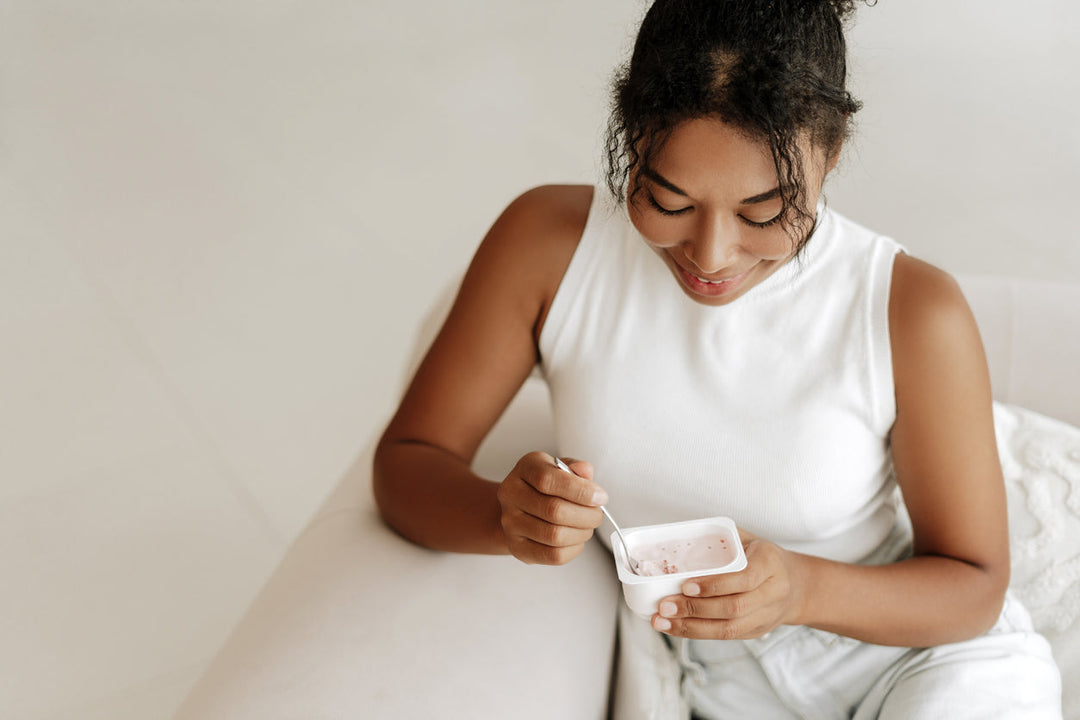How Should I Look at Fitness During Menopause?
If you already feel like you’re stuck in a hot yoga class minus the zen (hello, hot flashes!), working more exercise into your schedule probably isn’t at the top of your menopause to-do list. But like most of the stuff that’s good for our minds and bodies, the thing you absolutely don’t feel like doing — in this case, moving your body as your body moves toward menopause — is also sometimes the thing that’s going to help you feel a lot better.
The Centers for Disease Control and Prevention recommends adults aim for 150 minutes (or 2 hours and 20 minutes) of moderate-intensity exercise each week, plus two days of muscle-strengthening activities. It’s easier said than done, but basic tweaks to your routine during this pivotal time can boost your mood, help you sleep, stave off estrogen-related weight gain, and protect you from health issues that often hit around midlife (most notably type 2 diabetes and heart disease).
Exercise has also been shown to slow bone loss, which is common around menopause age. You don’t have to live at the gym for this. The key is being consistent, which is why it’s important to find physical activities you don’t hate doing.
The 5 best exercises during menopause
Want to move your body more but don’t know where to begin? We’ve got you covered. Here are five exercises to incorporate into your routine during menopause.
Strength training
Strength training is the best way to build muscle and slow bone loss to prevent osteoporosis, which becomes more common as your estrogen and progesterone levels decline. As you age, your lean muscle mass also starts to decline, and lifting weights can help you recover it. The key is to make sure you’re not pushing your limits. A personal trainer can help you determine the best weight-lifting exercises for you, but you don’t have to join a gym to do them. Even going on a walk with weighted bracelets or using a resistance band at home can help strengthen your muscles. One study found 80-year-old women who carried a one-pound weight in their backpacks experienced improved curvature in their spines — so, amazingly, it doesn’t take much time or weight to improve bone loss!
Aerobic exercise
You might know these types of heart-pumping exercises by their generic name: cardio. The idea is to get your heart rate up, which can strengthen your cardiovascular system and lung health. As estrogen levels go down, it’s common for blood pressure to go up, and aerobic exercise can help you maintain yours at healthy levels. Struggling with sugar cravings as you approach menopause? Cardio has also been shown to help keep blood sugar in check, preventing type 2 diabetes. Breaking a sweat when you work out can also stave off hot flashes. Data also suggest high-intensity interval training (HIIT) can promote brain and heart health, so aim for 20 seconds of hard work for four minutes or so.
You have so many cool options when it comes to aerobic activities: running, biking, hiking, swimming, brisk walking, interval training, dancing, mowing the lawn. You can tell you’re engaged in moderate-intensity activity if you can talk but not sing the words to a song.
Balance exercises
It’s not uncommon for hot flashes to mess with your center of gravity and make you feel dizzy, which is a great reason to start working on your balance now. Plus, as we get older, our bones are not as strong anymore, which increases the chances of breaking a limb if we fall. Along with strength and cardio, prioritize exercises that improve your stability and sense of balance.
Tai chi, an activity in which slow and fluid movements are practiced to improve balance, is one option. You can also do balancing postures at home, easily: Simply try to stay on one leg for a few minutes, then switch to another. If you want to step it up, incorporate easy arm balances or balancing positions from yoga.
Yoga
Looking for a low-intensity, stress-busting workout you can do in your living room? Yoga has been shown to improve flexibility and muscle strength, reduce stress, improve sleep and chronic pain, and promote respiratory and heart health. Along with promoting strength and balance, yoga is a great relaxation tool, so it can relieve peri/menopause symptoms from insomnia and hot flashes to anxiety and digestion issues.
Stretching
Stretching is important, too, because it improves your flexibility. As you age, your joints become stiff, and stretching every day can help a lot with promoting joint health. Your leg, hip, and back mobility will improve if you stretch regularly. You can practice some simple moves like bending slightly to touch your toes or bending one leg at the knee while balancing on the other. Keep your stretching light, and do not overdo it. If your muscles are slightly uncomfortable, keep going, but stop whenever you feel pain.
The takeaway
Move to improve heart, brain, and bone health, all the while reducing menopause-adjacent symptoms! If you don’t exercise frequently now, it’s a good idea to chat with a medical expert before starting something new. When you’re already not feeling 100 percent, instigating a new routine can feel hard. But you may be surprised by how even a little bit of exercise can improve how you feel and help you build momentum toward feeling more like yourself.
Looking to connect with a community of women who know what you're going through? Check out The Hot Spot!











